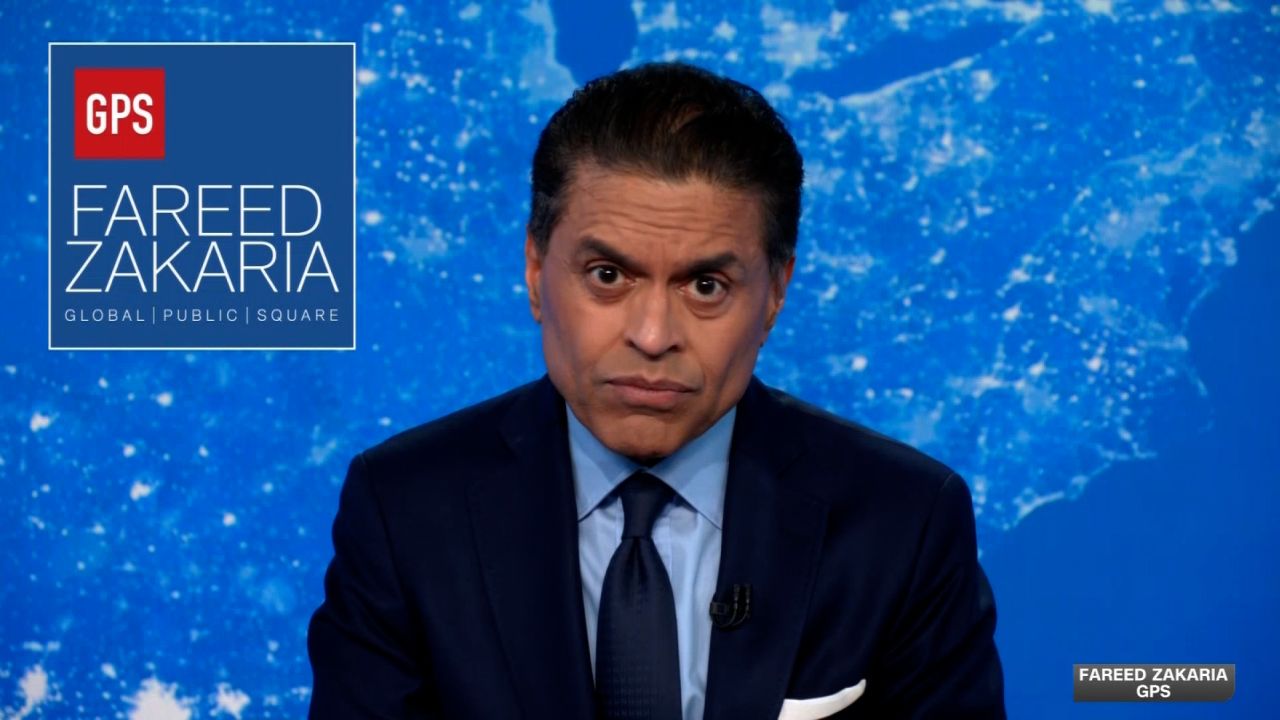Federal Reserve Governor Michelle Bowman, arguably the central bank’s most hawkish voice, recently said that she would favor a rate hike “should progress on inflation stall or even reverse.”
Minneapolis Fed President Neel Kashkari last week floated the possibility of not cutting rates at all this year. He also said rate hikes are “certainly not off the table.” But he said they aren’t likely. Kashkari is not voting on monetary policy decisions this year.
Like Bowman and Kashkari, New York Fed President John Williams said rate hikes aren’t part of his baseline outlook. But he said he’s not even remotely considering a rate increase at the moment.
“I don’t see any signs that we’re not having the desired restricted effect on demand that’s helping us achieve our goals,” Williams said in early April. There are “definitely circumstances” that would merit raising interest rates, he added, such as inflation moving materially higher, but the current trajectory doesn’t fit that, he said.
Williams, a top adviser to Fed Chair Jerome Powell, still believes it will be appropriate to cut rates later this year, but declined to specify the quantity and timing.
Boston Fed President Susan Collins said earlier this month: “Overall, the recent data have not materially changed my outlook, but they do highlight uncertainties related to timing, and the need for patience — recognizing that disinflation may continue to be uneven,”
Last month’s shockingly strong job report — the economy added 303,000 jobs in March, blowing past expectations of 205,000 positions added — is more of a reason for the central bank to be patient with cutting rates, she said, adding that it may mean fewer cuts this year “than previously thought may be warranted.” Collins, who isn’t voting on policy decisions this year, said at the end of last year, when CPI was lower than it is currently, that more rate hikes weren’t off the table.
For now, officials generally expect to cut rates at some point this year. Officials’ latest economic projections show that they mostly expect to cut rates this year, though they were split on how aggressive the cutting should be, with 10 expecting three or more quarter-point cuts and nine estimating two or fewer.












